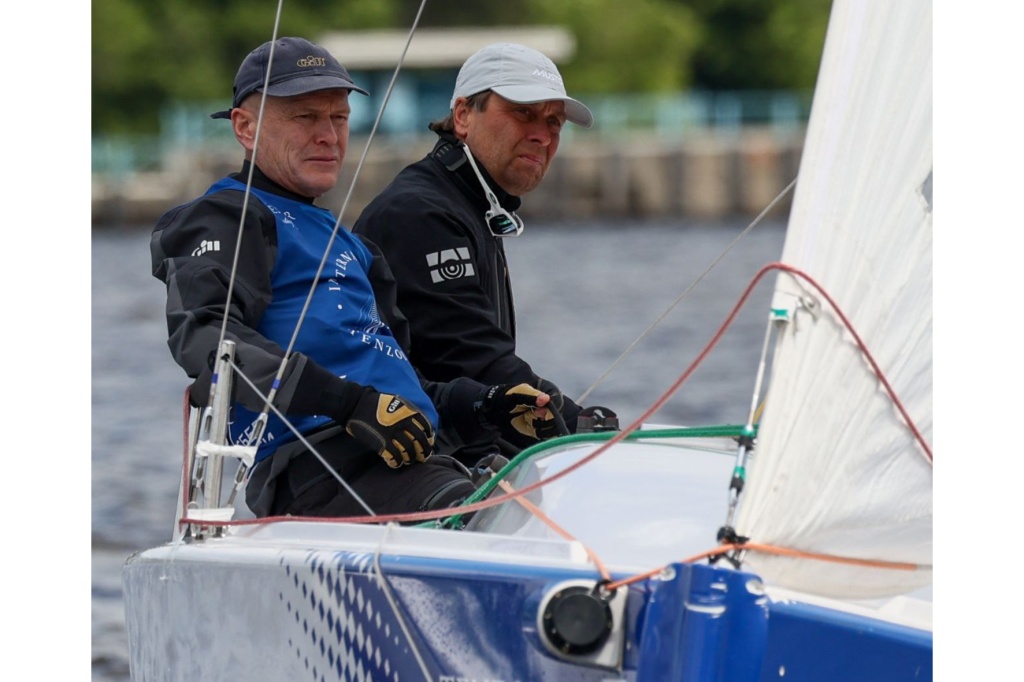
Regional Innovation: How the Sharing Economy is Forging a New Pathway for Growth
KEY CONCLUSIONS
Some entrepreneurs have been using advantages of the sharing economy for a while
“Basically, when I broke my neck some 17 years ago, we were resolving my problems and my friends’ problems. <...> Later we learned it is social entrepreneurship. We have opened three rentals for wheelchairs, beds, crutches and other stuff like that, and now I learn it is called the sharing economy. It is not just rental, and we are on fleek,” Roman Aranin, General Director of Observer.
A limitedness of resources will make the world adopt the sharing economy model
“The sharing economy is part of what we now call the circular economy. It means that if we live in the ‘linear economy’, we consume an unlimited amount of resources based on the assumption they would never end. It seems like everybody knows they will end, but they still consume them unlimitedly. So, the circular economy targets a lower and more efficient consumption of resources. The sharing economy is precisely the thing that helps optimize the consumption of resources,” Anatoly Valetov, Head of Moscow Innovation Cluster.
The sharing economy improves the quality of life for residents of Russian regions and provides and access to the services that used to be expensive
“If we address the benefits the sharing economy gives the regions, on one hand, there is less consumption and there are fewer operations. It has a good impact on the environment, however more jobs are created. There is also a certain social function, which is fairly important. People can afford to rent cars or scooters, which they cannot afford to buy. Of course, this is important,” Alexey Malikov, entrepreneur and investor.
People’s behavior is changing: they go from ownership to responsible consumption
“We witness how the culture of consumption is changing in our society. Generation X loves owning things. My mum makes me buy assets and tells me: “You must have an apartment. You must buy a car. You must have this or that.” Generation Y already has a more responsible attitude to things. They sometimes rent. They sometimes view assets and ways to use them differently. They invest, and so on. Generation Z <...> is completely digital. They are the so-called zoomers. This is a generation of clip culture and TikTok. This is a generation that considers ways to resolve the task. They want to be part of various gamifications and acquire new experiences. They want to ride all kinds of scooters and share various transports,” Konstantin Mansurov, founder of Rusharing.
PROBLEMS
Enterprises will not be fully efficient, if they ignore the sharing model
“There are multiple enterprises, and all of them underperforming, many of them are underperforming. Creating an industrial sharing platform is important, as it opens up an opportunity to place orders in various regions,” Alexey Malikov, entrepreneur and investor.
Not all sharing projects are profitable
“Naturally, those projects are not always commercial, if we speak about the circular economy and everything related to technology application. <...> Green economy, social sphere, etc. Sometimes they can never return on the investment, but they are needed. The sharing economy is yet another example that boasts a whole number of successful commercial projects, which help resolve an important social issue of optimizing and using the resources. Sometimes it improves the environment, if we take transport projects as an example,” Anatoly Valetov, Head of Moscow Innovation Cluster.
SOLUTIONS
Sharing-based business helps people with limited abilities adapt to hard conditions
“I am going to tell you about several projects that we have implemented. Back in the day, I had a business. Things were fine – 3 stores that sold wallpaper and bathroom equipment. Until 2004, I was a fairly successful entrepreneur. We were already opening offices in Lipetsk and Moscow. <...> Then came poor flight preparation [for a paramotor flight, – Ed.]. When I fell, the motor frame broke my neck around vertebrae S4. It would normally mean death on impact, but I got lucky and survived. Then came 5 years of rehabilitation and looking for solutions everywhere possible. Now, we are busy creating a new project, to help injured people get the rehabilitation over 5 months instead of 5 years. We want to help an injured person get prepared for the big life. The Social Security Fund gave me <...> a wonderful wheelchair, but it was not comfortable, because it did not have a pillow. In Svetlogorsk, my engineer friend and I went down the hill toward the shore, we skidded a little, and I fell and hit the pavement with my face. <...> Back then, wheelchairs were only designed for people with spinal paralysis – their legs do not work, while their arms and hands do. Wheelchairs for people like me, whose both legs and arms do not work, did not exist. My favourite place in Kaliningrad <...> has always been dune Efa, the tallest dune in Europe. I wanted to take my child there. I wanted her to see that her dad can do anything. <...> My engineer friend and I thought for a while and came up with this kind of wheelchair. <...> It has three engines, two of which run the wheels, while the third one controls the seat. The gyroscope tracks your position at all times. Our wheelchair is the only one that can do it,” Roman Aranin, General Director of Observer.
Regions can give an impetus to local companies that can further compete with international giants
“So that we are clear, Yakutia is 3 million square kilometres, which is almost one-fifth of the Russian Federation, with only 980 thousand people living there. The territory is huge – from the Arctic Ocean to almost Lake Baikal. Huge territories and few people. When we started [introducing, – Ed.] innovations 10 years ago, everybody laughed at us and said: “What kind of innovations in Yakutia are you talking about? You have diamonds and reindeer, and it is fine as is.” We replied: “No, we want to develop IT.” Back then, we created an IT association. <...> It was all just guys, who wanted to change something in the Republic. So, here you are talking about the sharing economy. Here [in Yakutia, – Ed.] we have a project called inDriver. Maybe you heard something about it. It is also a taxi aggregator, but unlike Uber you set the price. It is sort of a peer-to-peer technology, where people agree on the price. Let’s say Uber in New York <...> costs USD 35 in the afternoon. If you have an iPhone 12, and your battery is dying, it can be even more. Gob job, inDriver already costs around USD 1 billion. It covers 300 cities, with 1 billion trips already completed,” Anatoly Semyonov, Minister of Digital Development and Infocommunication Technologies of the Republic of Sakha (Yakutia).








